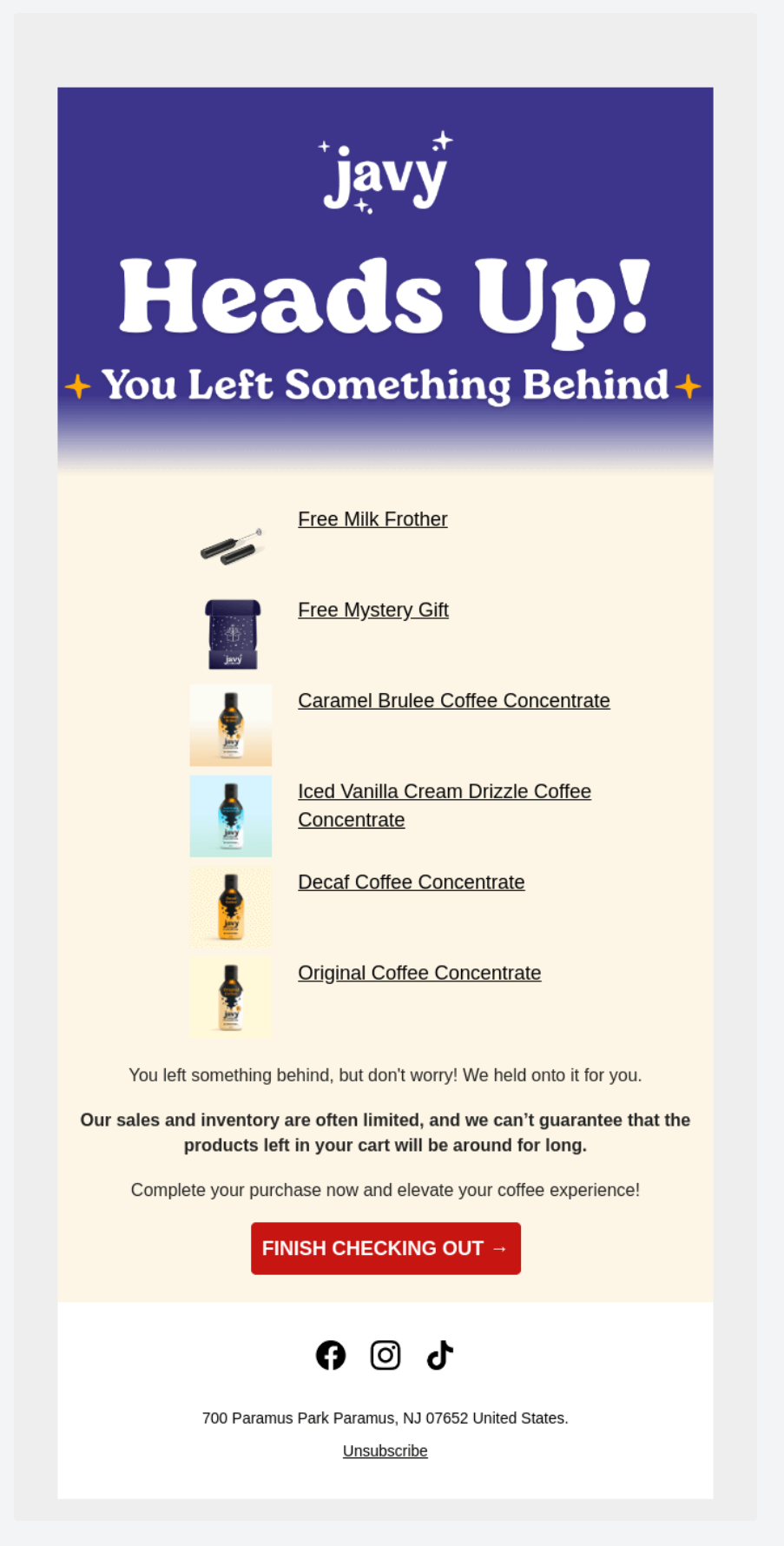[This post was originally published on 25th May 2020. It has been updated on 28th July 2023.]
Key performance indicators (KPI) like open rate, click-through rate are widely used to determine the results and improve email marketing performance, but what about the average response rate of your email? How much does it matter? How does it impact your email campaign?
As an email marketer, you may be familiar with the woes of analyzing your metrics and dealing with the revelation of how your campaign or email has performed. In this blog we further discuss how you can enhance your email marketing performance by improving your email response rate and overcoming the challenges around that.
What Is an Email Response Rate And How Do We Calculate It?
Unlike open rate and click-through rates, which are also essential metrics, response rate helps you track your customers who have shown interest or have shared a negative remark or have tried making extended communication with your brand.
An email response is received in different sorts of responses other than just email opens or clicks and eventually acts as the primary data in determining an email marketing response rate. Although the response rates are heavily aligned with the type of industry, email type, platform, recipients, time of delivery, and so on, it can be calculated as follows:
Average email response rate = Time taken to respond in a specific period / Number of responses in that period
The below image shows various metrics based on the type of emails sent. Knowing what type of email one has sent will help to determine the metrics and the results in a hassle-free process.
How Does an Email Response Rate Work?
According to experts, a good response rate should be at least 10%, but a few experienced marketers say response rates can be anywhere from 10% to 25%. For the most effective response rates, you should set the benchmark according to your open rates. It would be unrealistic if your open rates are performing badly and you aim for an above-average response rate.
Similarly, if your open rates are doing well and you set a lower response rate as your goal, it might mislead you to think that your email or email campaign has performed well but the truth would be you have made no holistic email improvement.
What does an Average Response rate tell you?
Effectiveness
Email marketing response rates tell you how well your subscribers are engaging with your email program. Although this might not be the most vital factor in your email performance and analysis metrics, it can definitely give you a much precise result.
How? Most importantly, because it tells you how effective your email design, sender list, copy, and other variables have performed. It tells you exactly how your audience chooses to engage with you and why. Also, it tells you if what the email has fulfilled is the sole purpose of the email. This brings us to the next factor- the Call to Action.
CTA performance
Although the performance of the call to action is determined by the copy of the CTA, the type of colors and white space used in the button and background, the CTA placement in the email and so on, the only way to determine the performance of the CTA is the response rate.
Sometimes, even when the CTA is clicked upon, the desired response or action is not registered. This can be found out by comparing the click-through rate and average response rate; it will help you know how much time the consumer is taking to make the purchase decision or which part of the customer journey sees the most of purchase withdrawal.
Why the Need For a Good Average Response Rate?
Lead generation
A good email response rate, depending on what kind of action you have assigned for a particular email or email campaign will help you bring traffic on your website. This way you can not only ask for information and get more data about your users but also provide relevant emails and content to your subscribers, thereby keeping your subscribers and your boss contended. When you leverage a lead magnet to a happy subscriber, it doubles your chance of making a conversion!
Sales
Converting your leads to customers involves a lot of things. The impact the subject line has and the information the email copy shares, conveys a lot about the brand and especially the offer it has to offer. A copy that is simple, interesting, and unambiguous will help to convert better. Leading the subscriber to make a purchase is the ultimate goal of an email, which eventually drives the success of the email.
ROI
The email campaign response rate tells you how the return on investment is derived and how the email is performing. Constant contract found out that for every dollar spent on email marketing the return on investment is an average of 38$. The average median email marketing ROI according to an eMarketer study is around 122% which is four times any digital marketing platform.
How can you improve your Email Response Rate?
Email Segmentation
The math is simple. If you send emails to a more relevant subscriber base, you will eventually have a better response rate. Email segmentation can be done by gender, proximity to the user’s location, age group, behavior, and customer journey. Sending trigger emails by segmenting a particular action will allow you to send more relevant content and increase the email campaign response rate and ROI. Segmenting your email list will help you leverage a much-personalized content as you know exactly what the audience wants while drafting the email copy or designing the email.
Follow Up
When brands follow up on a customer throughout their journey, it shows that they care about every single contact on their email list even if it’s an automated email. As the decision-making process is emotion-based and supported by needs and demands, following up increases the chance of decreasing the time taken to make an action or lessen the time taken to make the purchase.
Welcome emails and cart abandonment emails are the best examples of follow up emails and here are a few email examples of brands that have done it right.
This retargeting email for an abandoned cart by Javy is bold and minimal in design. It conveys the message clearly in the headline itself. They have neatly listed out the items in the abandoned cart and have given a CTA to check out and make the purchase

This email by Shopify is a welcome email giving out the necessary information for the user to get started with the service. This follow-up will ensure a better response as the user is new to the app and has a fresh approach to the brand.
Mobile responsiveness
Take a look at your email list; there’s a good chance that the number of mobile users is more than desktop ones. In such a scenario, it becomes very important to make sure your email is optimized to view on every browser and device. A responsive email is bound to increase your response rate. How? If you open an email on your phone only to realize that it is not rendering properly on your phone, would you make an effort to log into your desktop or laptop to check on the same email? Or would you like to zoom in and out on your email and take the pain of locating the CTA in a desktop view email on the phone? Unlikely, right?
Email Uplers’ email sent during the COVID-19 crisis, is optimized for viewing in Outlook, iOS, and Android respectively. You can view other resources that might be helpful during these times on our COVID-19 resources page.
Action-Oriented CTA (call to action)
The contacts on your email list will never convert into sales-qualified leads unless you engage them with an impactful CTA. A CTA which incites an immediate action will increase the response rate. While there are many elements that determine the performance of a CTA, these few tips can help you nail an action-oriented CTA for a better email response rate.
- Keep the CTA short and crisp
- Use first-person for more personalized copy
- Keep the offer uniform in the Subject line, copy and CTA
- Buttons convert better than images, links and texts
- Use appropriate colors in the CTA and background
- Test your CTA
This email by Graza has the hero image a supporting copy followed by the CTA. As we go further down the mail, for each product, a different CTA has been provided, making it easy for the user to feel in control of their choices.
Testing
Testing is a practice one should follow in every stage of email marketing. It gives you a clearer fact-based picture of where you stand in email performance and how the contacts on your email list are responding to your campaigns. You can test the following elements:
- Subject Line
- Email Format that is Text or Html, Long or Short form
- Images – Real or Vectors
Wrapping It Up
Think of email response rates as a metric to derive the reason for the lack of success of an email or an email campaign, rather than a performance determiner. When you use the average email response rate as a base to improve your future campaigns and individual customer and email performance, you will definitely witness an improvement in the results you drive.
We hope this blog would be a great help to avoid ramifications in your next email campaign!








certainly like your web site however you need to check the
spelling on quite a few of your posts. A number of them are rife with spelling problems and
I in finding it very bothersome to tell the reality then again I’ll certainly come again again.